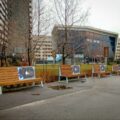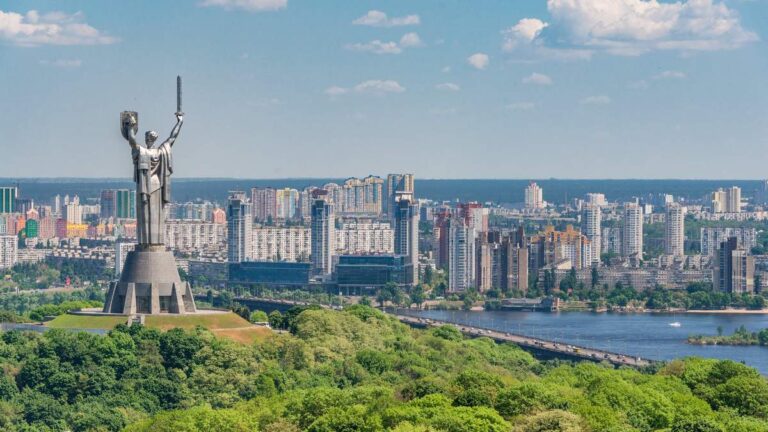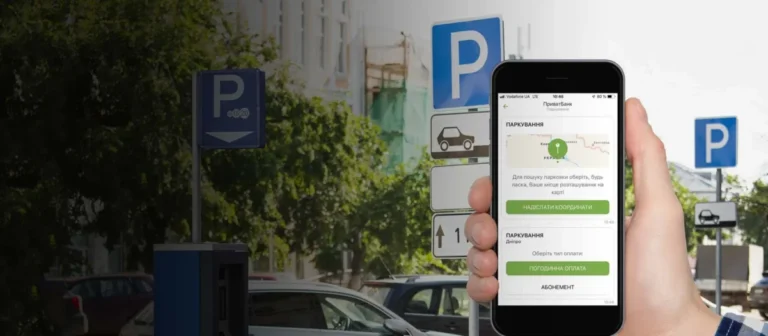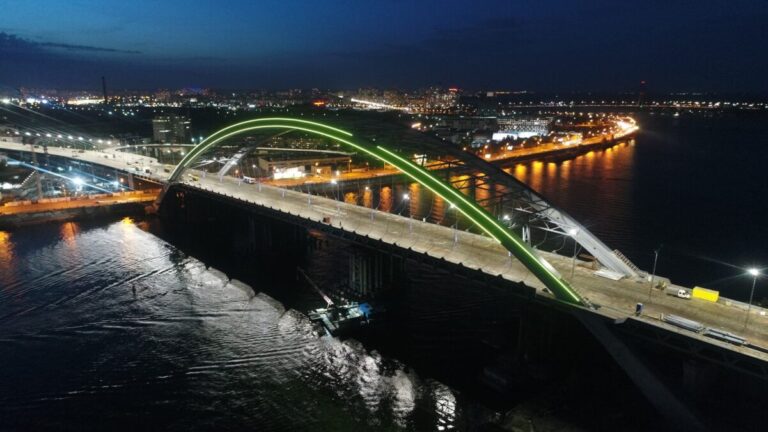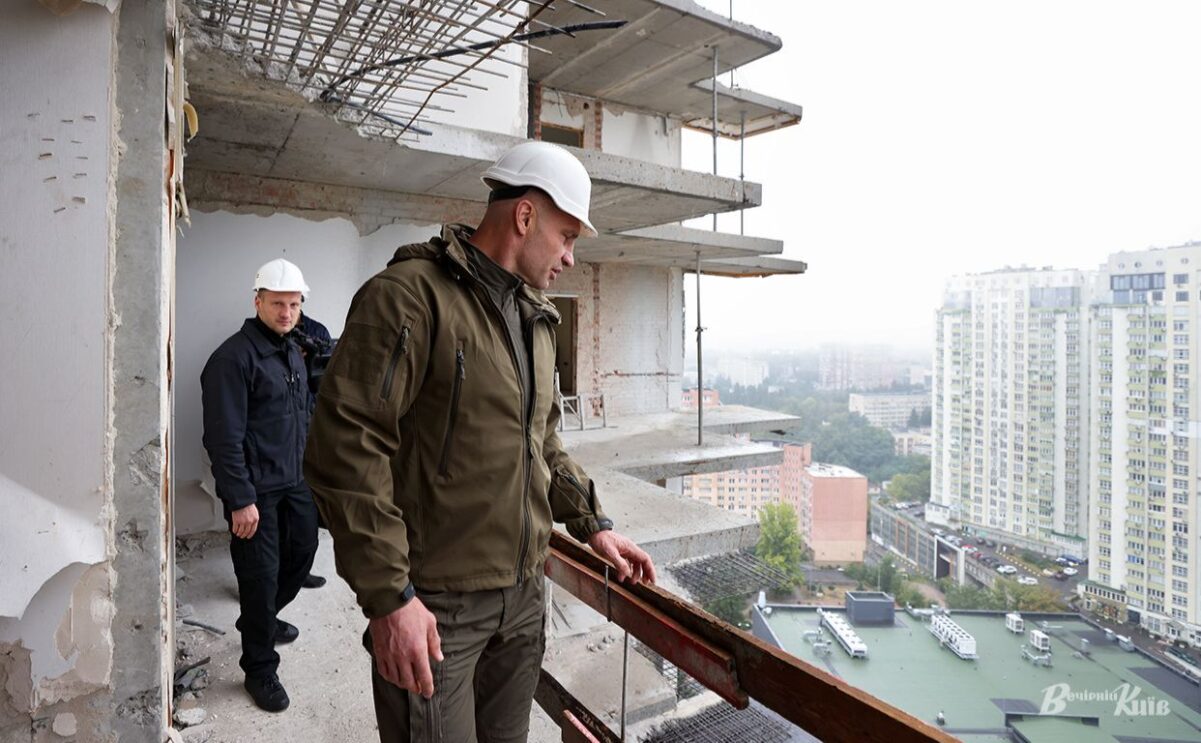
Housing Restoration in Kyiv: Why Repairs Are Lagging and How to Get Compensation
In early August 2025, the head of the Obolon District State Administration, Kyrylo Fesyk, publicly stated that since the end of 2023, not a single residential building damaged during Russian attacks had been fully restored in Kyiv. According to him, the pace of reconstruction in the capital has “stalled at zero,” with residents waiting months even for work to begin.
Within hours, the Kyiv City State Administration (KCSA) issued a rebuttal. According to KCSA’s official data, as of July 2025, 25 heavily damaged multi-story residential buildings have been fully restored, and 7 more are currently under repair.
The head of the Department of Construction and Housing Provision, Ivan Shpylevyi, clarified:
“Since the start of the full-scale invasion, more than 2,130 multi-apartment residential buildings have been damaged in Kyiv. We are working in stages: starting with facilities that have suffered the greatest damage and pose the most risk to residents.”
Official Statistics and the Scale of the Problem
- Damaged: 2,134 multi-apartment buildings (as of August 2025)
- Fully restored: 25
- Under repair: 7
- Completed in 2022: 212 buildings (under a national, not city, program)
In just the first half of 2025, over 570 new damage reports were recorded more than for the entire year of 2024. This does not include buildings yet to undergo technical inspection and therefore not included in recovery programs.
Why Reconstruction Is Slow
According to the head of the Public Council at KCSA, Hennadii Kryvoshei, the main cause of delays is a bureaucratic compensation process:
“People wait for six months or more. Even after an inspection is completed, the allocation of funds drags on due to approvals at various levels.”
Another factor is repair prioritization. Buildings with critical damage and the largest number of residents take precedence. Meanwhile, some are excluded from the plans due to a lack of a technical inspection report or unresolved property rights.
How to Get Compensation: Step-by-Step
Residents of Kyiv whose homes have been damaged or destroyed by attacks can receive compensation under the “eRestoration” program.
1. Report the damage
- Use the Diia mobile app or web portal to file a damage report.
- Alternatively, visit a Center for Administrative Services (CNAP) in person.
2. Apply for compensation
- In Diia, complete the application form and provide the account details for an eRestoration card (opened with a partner bank).
3. Property inspection
- Within a month, a district commission inspects the property, draws up an act, and assesses restoration costs.
4. Commission decision
- You will be notified in Diia or via email.
5. Receiving funds
- Up to 350,000 UAH for an apartment
- Up to 500,000 UAH for a private house
6. Using the funds
- Apartment: within 12 months
- Private house: within 18 months
Important: for destroyed housing, you may receive a housing certificate to purchase a new home or a cash grant for construction.
Recommendations for Residents
- Document the damage take photos and videos with timestamps and geolocation immediately after the strike.
- Collect documents proof of ownership, inspection act, and if needed, certificates from the State Emergency Service or police.
- Apply as soon as possible even if repairs cannot yet start, this will put your property in the queue.
- Track your application status in Diia and request written responses from KCSA regarding timelines.
- Join forces with neighbors collective appeals to authorities and media can increase the chances of speeding up the process.
Can Reconstruction Be Accelerated?
The problem lies not only in funding but also in coordination between national and municipal bodies. In 2022, when a centralized national program was in place, progress was much faster over 200 buildings repaired in one year. In 2025, the results are dozens of times smaller.
To change the situation, it is necessary to:
- simplify fund approval procedures;
- ensure inspections and design work happen in parallel;
- increase transparency of the damaged property registry.
Restoring Kyiv’s housing stock is not just about residents’ comfort it is an element of the city’s resilience during wartime. When damaged buildings stand unrepaired for years, it undermines public trust in the authorities as much as it affects quality of life.
Today, only just over 1% of all damaged buildings in the capital have been restored. If the pace does not change, the repair queue could stretch for decades. And this is one case where the issue is not about politics but about the city’s ability to respond quickly to the challenges of war.







